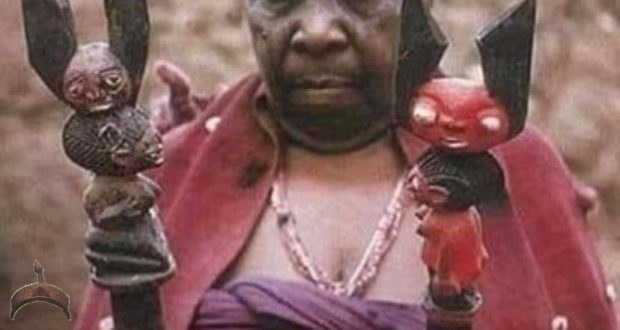The Iyami are supernatural women who have been blessed by Elodumare with a great power which can be seen in the Odu Ifa Osetua, where it is written: anyone who makes a plan by excluding from it the ideas of the women, must know that their plan is intended to fail.
In the Odu Ifa Osetua is told that man alone can not be complete and that if underestimate the will of Iyami will never achieve their goals. In addition, Iyami (the Great Mothers witches) will not cause harm to man except what man causes himself.
Iyami Osoromaniga are the Great Mothers witches whose power is infinite and therefore useful for any purpose; the work that the Babalawo or the Iyanifa going to play will be classified in colors: Dudu (black) to obtain victory and defeat enemies; Pupa (red), FunFun (White) to obtain blessings, Ayrin (lightblue) for protection, and so on. For each Babalawo and Iyanifa is very important to offer Ipese to Iyami.
In many claim that the initiation in Iyami does not exist or can not be possible… Because, you see, the initiation into Iyami is the most secret initiation of all. Yet there are several ways to initiate in the Iyami Society, through rituals and also by inheritance.It is good to be making offerings and appease to IYAMI to not block your blessings
 Ọmọ Oòduà Naija Gist | News From Nigeria | Entertainment gist Nigeria|Networking|News.. Visit for Nigeria breaking news , Nigerian Movies , Naija music , Jobs In Nigeria , Naija News , Nollywood, Gist and more
Ọmọ Oòduà Naija Gist | News From Nigeria | Entertainment gist Nigeria|Networking|News.. Visit for Nigeria breaking news , Nigerian Movies , Naija music , Jobs In Nigeria , Naija News , Nollywood, Gist and more









